Something about sitting down to a good movie begs for a bowl of popcorn. Whether you’re at home or in the theatre, you crave that buttery, salty snack. It’s perfect! You can mindlessly reach for fluffy pieces and stay engaged with the plot. And since corn’s a grain, you justify the treat by reminding yourself it’s healthy. (Depending on that butter amount) When you’re home, you may accidentally drop a piece here or there. The lightweight flakes skitter across the floor, catching your cat’s attention. As you watch your feline bat the popcorn around, you start to wonder: “Can cats eat popcorn?” Unfortunately, the answer isn’t as black and white as an old film. It’s about as twisted as a good crime flick. But, luckily, we have the script, and we’re going to walk you through the plot.
Popcorn
Surprisingly to most people, popcorn comes from a specific strain of corn – Zea mays. This is different from the sweet corn we eat off the cob. There’s moisture inside the endosperm of the corn (the starchy part). When heated, all of that moisture generates pressure. Contained in the hull, there’s nowhere to go, so it ruptures. Voila! Popcorn! The corn kernel expands anywhere from 20-50 times the original size.
Popcorn (as we know it) goes back to 1885. Charles Cretors invented the first steam-powered popcorn machine. By happy coincidence, movies started gaining popularity around the same time, and the two have enjoyed a happy marriage ever since. Because the corn used is easy to grow (and inexpensive), popcorn remained popular through the Great Depression (and into today). And in 1981, microwave popcorn revolutionized the snacking industry. Popcorn’s become so popular, it even gets a National Popcorn Day on January 19th.
Popcorn IS a whole grain. And while toppings and additives diminish things a bit, popcorn itself ISN’T the worst snack in the world. In 1 cup of air-popped popcorn (yes, plain), you’ll get:
- Calories: 31
- Carbohydrates: 25.1g
- Fiber: 1.2g
- Minerals:
- Calcium: 0.6mg
- Iron: 0.3mg
- Magnesium: 11.5mg
- Phosphorous: 28.6mg
- Potassium: 26.3mg
- Protein: 1.0g
- Sodium: 0.6mg
So when cats eat popcorn, they’re getting – well, not really much. Remember, cats need less than 10% carbohydrates in their diets. However, popcorn DOES have some nice minerals felines can use. And you WILL get 4.8g of omega-3 and 200mg of omega-6 fatty acids out of the deal – something you probably didn’t expect. (Who thinks omegas and popcorn?) Plus, a 2012 study found popcorn contains polyphenols. Polyphenols are a type of antioxidant. In particular, they improve circulation and digestion. You find them in fruits and veggies, but the water content usually dilutes them. Popcorn doesn’t have that problem. (Puts this guilty pleasure in a new light, doesn’t it?)
Can Cats Eat Popcorn?
So can cats eat popcorn? It depends. Obviously, popcorn isn’t a natural part of a feline diet. The carbs go too high, and the protein’s too low. But the nutrition’s there – at least in AIR-POPPED, PLAIN popcorn. And that’s the kicker. When was the last time you enjoyed popcorn without a touch of butter or salt (or something else)? The type of popcorn plays heavily into the feline-popcorn equation. And the popcorn kernel itself can lead to problems, too. So while popcorn is technically safe, there are a few other questions attached.
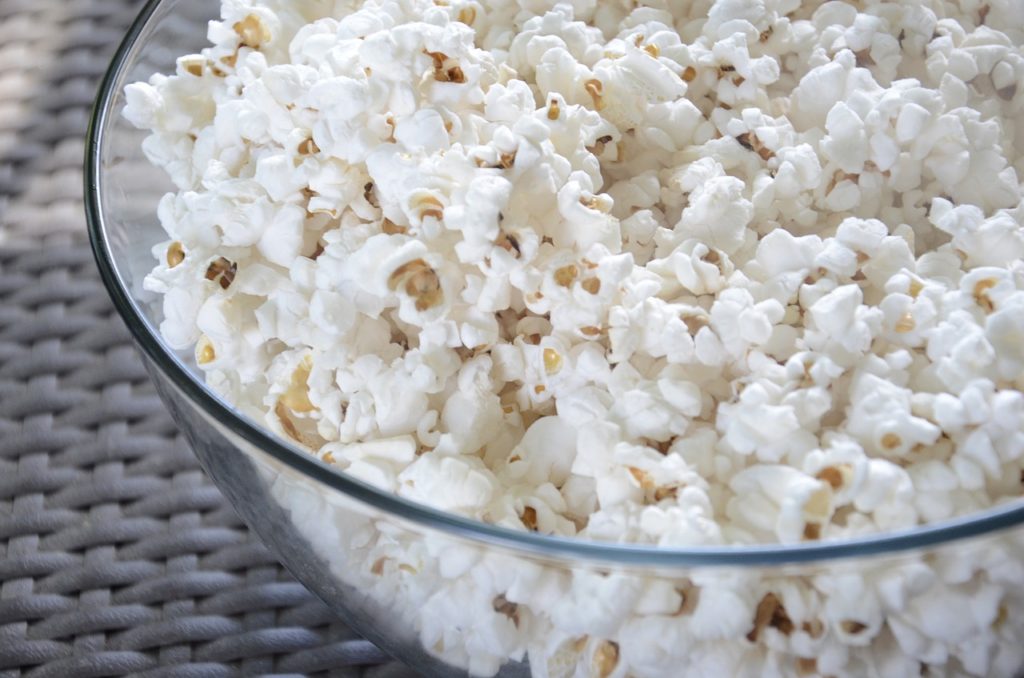
Precautions When Cats Eat Popcorn
Yes, popcorn comes from corn. And yes, plenty of cat foods contain corn in the ingredient list. So it seems like it shouldn’t be a problem for cats to eat popcorn. However, things aren’t that simple. The corn in cat food comes from field corn strains and is used as a filler – not a source of nutrition. And it’s usually the source of carbohydrates. Field corns have higher ratios of carbs, moisture, protein, and sugar. This means they’re LOWER in polyphenols and fiber. Fine to make up bulk and hold food together, but not great for much else. And popcorn ISN’T the same.
Microwave popcorn and air-popped popcorn are ALSO different. While convenient, microwave popcorn contains artificial ingredients that double (if not triple) the calories. And some of the artificial chemicals are TOXIC. Even when you add flavors, you risk exposing your cat to hazards. Oh, and of course, you have the issue that not every kernel fully pops – no matter which method you choose. Those partial flakes (the name for a popped kernel) pose dental problems for cats. This is why the question of can cats eat popcorn gets complicated.
Artificial Chemicals
Tossing a bag of popcorn in the microwave and pressing a button is easy. We don’t think about what’s in the bag. Unfortunately, if you have a feline circling your feet and waiting for a dropped piece of popcorn, you should. In particular, there are two chemicals often found in microwave popcorn:
- Diacetyl (used in artificial butter)
- Perfluorinated compounds (treatment on the bag)
NO ONE should inhale diacetyl. A 2008 study in rats linked frequent exposure to the chemical with lung disease. As crazy as it sounds, real butter is a safer alternative. Not for cats to consume, but for when they breathe in the warm fumes. It takes longer to prepare, which means less convenience. But it causes less risk of respiratory damage when cats eat popcorn.
Perfluorinated compounds (PFCs) coat the inside of microwave popcorn bags. It prevents the cooking oils from seeping through and creating a soggy mess. That’s something everyone appreciates, but when PFCs get exposed to heat, they can transform to a more dangerous form: perfluorooctanoic acid (more often referred to as C8 since no one wants to swallow that mouthful of vowels). Studies have linked C8 exposure to thyroid problems. This is NOT something you want to worry about when your cat eats popcorn. As such, you’re better off avoiding microwave popcorn altogether as a feline snack.
Flakes vs. Kernels
What’s worse than an unpopped piece of popcorn? The kernel sticks in your teeth. Or it catches in your throat, and you find yourself fumbling for something to drink to dislodge it. No matter how hard you try, you never seem to end up with a bowl or perfect flakes. And since you don’t always pay attention when you’re grabbing handfuls, those kernels go into your mouth. Or they drop to the floor.
Cats face the same struggles. Except when cats eat popcorn that isn’t fully popped, they may choke. They have smaller mouths and throats. You need to keep a close eye when they enjoy the treat to ensure they don’t get into trouble. If they end up swallowing too many partial kernels, it may lead to an intestinal obstruction. It’s important to limit the amount of popcorn you offer – even when air-popped.
And if you see them struggling with a piece, you’ll want to break out your handy finger brush to loosen any trapped particles. Make sure your cat has plenty of water nearby, too. You probably weren’t PLANNING to follow the movie with a session of tooth cleaning. But that’s what you need to do.
Flavors
Plain is the best option when cats eat popcorn. They DON’T need butter, salt, or any other flavors. Some of the most popular options out there contain hazards, such as onion or garlic. Even the standard “cheese dust” often has onion or garlic powder in the mixture. And, of course, you should never allow cats near chocolate popcorn. It’s every more toxic in felines than it is in dogs. And caramel? The sugar content’s off the scale. (Assuming your poor cat’s teeth ever manage to cope with the sticky coating)
We love flavored popcorn, and it’s a common gift over the holidays. But the ingredients AREN’T cat-friendly. Even butter isn’t a good idea. There’s so much fat, your cat’s GI tract will often respond with vomiting and diarrhea – if not a bout of pancreatitis. You’ll undo the few health benefits the popcorn provides – and potentially land your feline friend in the hospital.
The Safe Way for Cats to Eat Popcorn
Will a single piece of popcorn hurt your cat? Probably not. (And it’s often more of a toy than a snack to them) But if you want to cover the bases when allowing cats to eat popcorn, you need to observe the most caution. That means sticking to air-popped, PLAIN popcorn. The warm smell will probably attract your cat to the bowl, and you can let them have a single FULL flake without any harm. Just make sure they don’t struggle to chew it.
You can always add YOUR butter and salt after they have their ration. That way you both get a treat, and no one ends up at risk.
Movie Time!
Popcorn’s become a regular part of our snacking line-up. And while it won’t hurt cats to eat popcorn, it’s important to observe some safety precautions. You want to skip any flavorings and avoid microwave popcorn. An air-popped full flake is best, as long as your cat doesn’t struggle to chew or swallow it. And ALWAYS keep plenty of water close-by. Your cat doesn’t NEED the popcorn, but it also won’t hurt – so long as the treat isn’t a routine habit. Because while those boring old air-popped pieces aren’t harmful, they’re not exactly contributing much to feline diets, either.
But when the film rolls and everyone’s snuggled on the couch? At least your cat won’t feel completely left out.

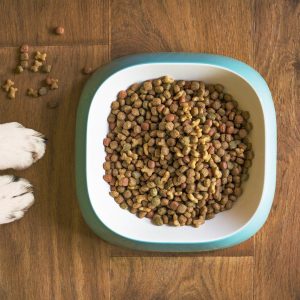
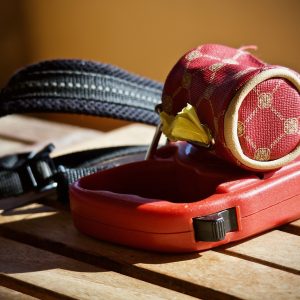
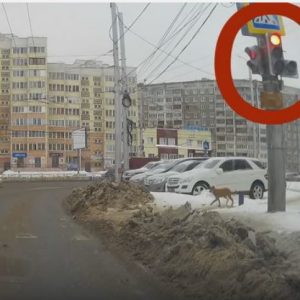
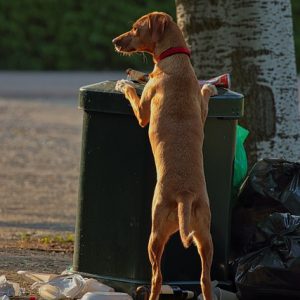



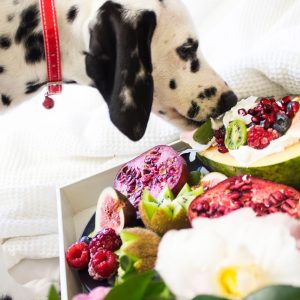
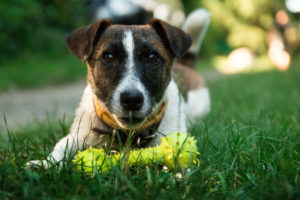
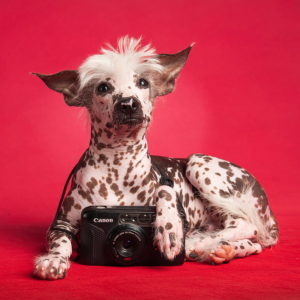


No comment yet, add your voice below!